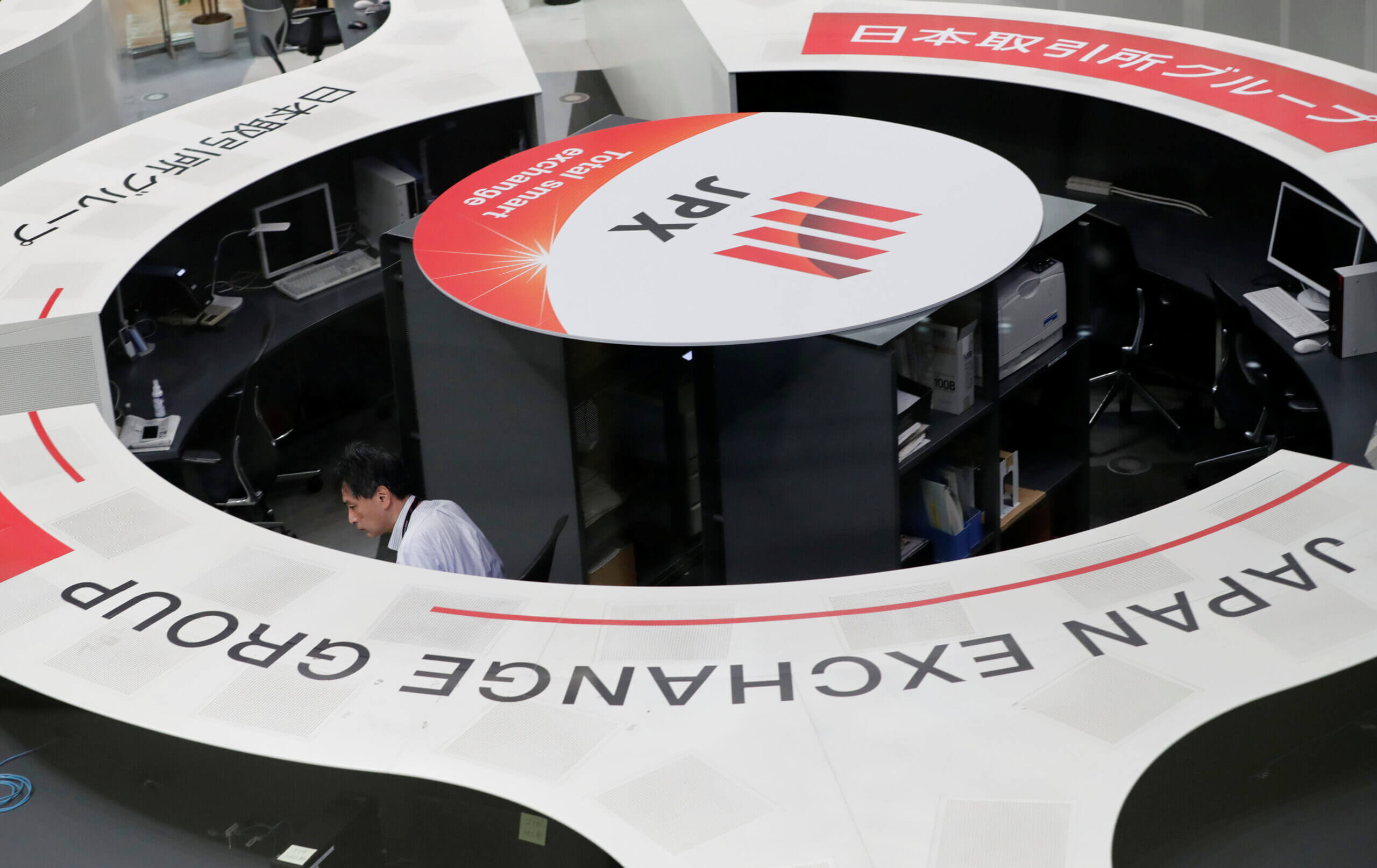Asian stocks mirrored a decline seen on Wall Street following the release of hotter-than-expected US inflation data, while the yen rebounded after a previous slump prompted a cautionary warning from Japan. Shares dipped in South Korea, Japan, and Australia, while Chinese stocks listed in Hong Kong managed to reverse early losses as trading resumed after the Lunar New Year holiday, with investors closely monitoring potential intervention measures from Beijing to stabilize the market. European and US equity futures indicated a downward trend.

The yen saw a rise of up to 0.3% to 150.42 per dollar after Masato Kanda, Japan’s top currency official, expressed concern about the rapid movements in the currency and pledged readiness to take action if necessary. His remarks were echoed by Finance Minister Shunichi Suzuki.
Yukio Ishizuki, senior currency strategist at Daiwa Securities Co., noted that while the authorities’ statements may have limited the upward movement of the dollar-yen pair, they were not sufficient to reverse its trajectory. Instead, the halt in US Treasury yields during Asian trading hours and a decline in Japanese equities had a more significant impact, leading to a slight decline in the dollar and a rebound in the yen.
Treasury yields stabilized after surging on Tuesday as traders adjusted their expectations for an early Federal Reserve interest-rate cut. The inflation figures from the US dashed hopes of a continued global bond rally that began in December, when expectations rose that the Fed would adopt a more accommodative stance. Japan’s 10-year government bond yield reached its highest level since December.
The Golden Dragon index of US-traded Chinese companies experienced a 2.7% decline on Tuesday, its sharpest drop in nearly a month, while China remained closed for Lunar New Year holidays. Swap traders revised down their expectations for a Fed rate cut before July, and the stock market’s “fear gauge,” the VIX, closed above 15 for the first time since November.
The US CPI data disappointed investors after recent declines in price pressures, which had fueled expectations for rate cuts this year. The numbers also supported the wait-and-see approach advocated by Jerome Powell and other Fed officials.









